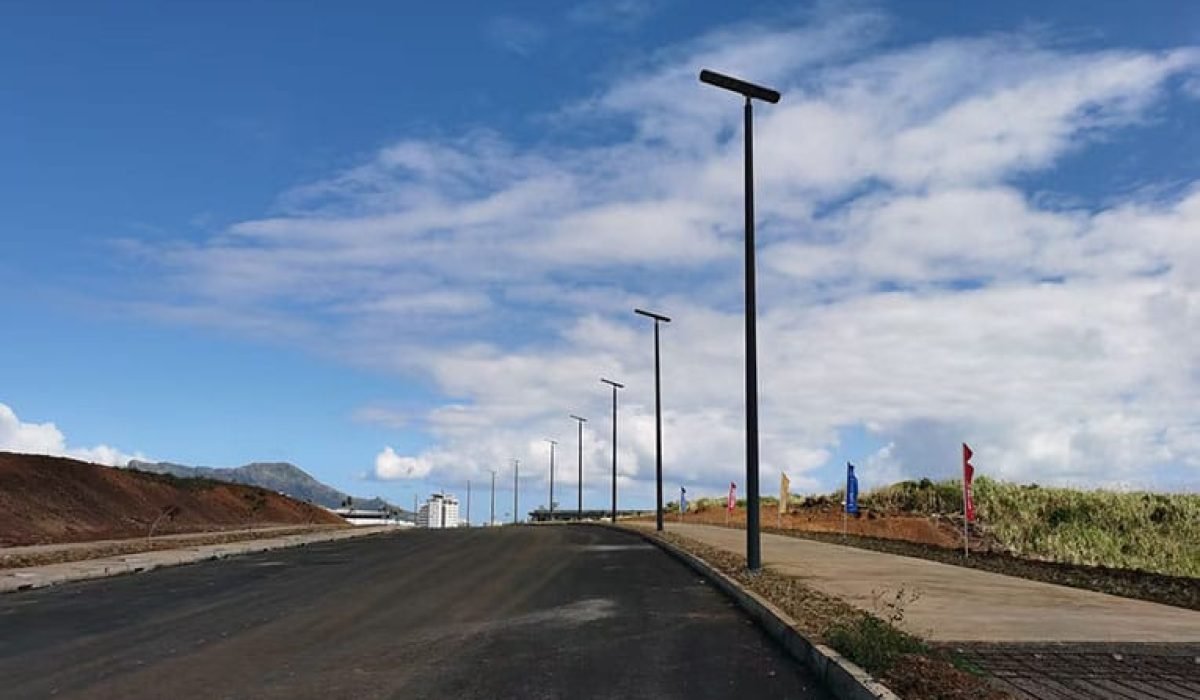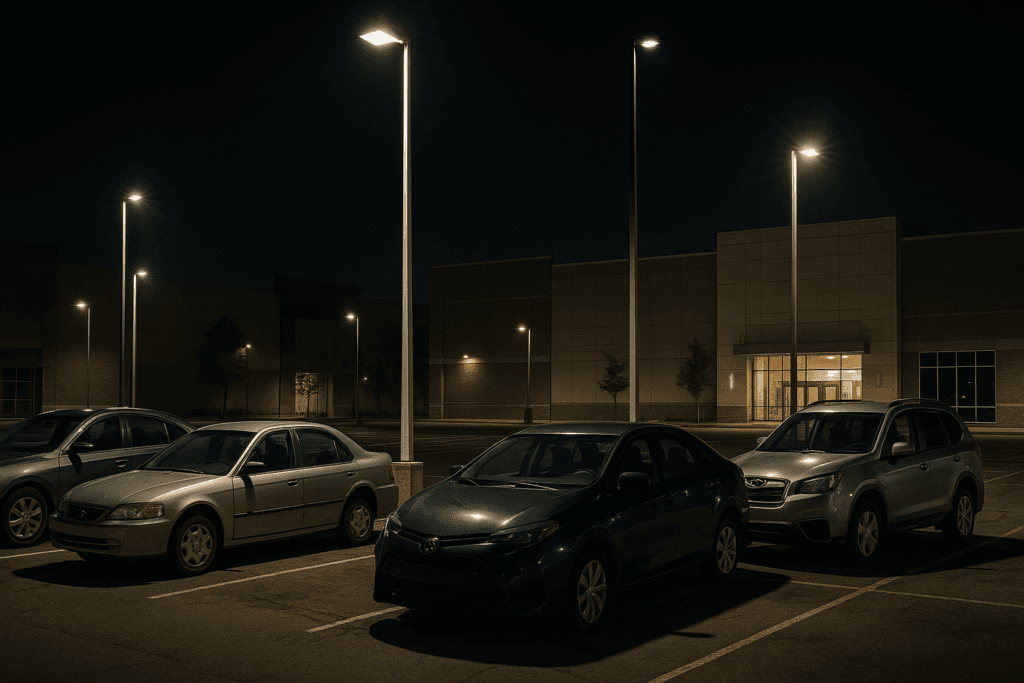Solar lighting has come a long way in recent years. Whether you're outfitting a remote village road or a city sidewalk, the choice between All‑in‑One and Split‑Type solar street lights can directly impact performance, maintenance, and budget.
In a nutshell: All‑in‑One lights are easier to install and look cleaner, while Split‑Type systems offer better performance tuning, especially under demanding conditions.
But as someone who's worked on multiple lighting deployments—from coastal Ghana to dry inland Uganda—I can tell you there’s no one-size-fits-all.
Understanding the Two Systems
All‑in‑One (Integrated) Solar Street Lights
All‑in‑One lights combine the solar panel, battery, LED lamp, and controller into one unit, typically mounted at the top of the pole. It's what many clients ask for first, usually because of how compact and modern it looks.
Why some prefer it:
- Quick installs: We’ve done single-unit pole mounts in under 30 minutes.
- Minimal wiring: One electrician, one ladder, job done.
- Sleek profile: For urban roads, aesthetics matter—and these look tidy.
But a few caveats:
Once that unit’s up, you’re stuck with its orientation. If the solar panel isn’t facing true north (in the southern hemisphere), efficiency drops. Also, when the battery goes—typically 3–5 years—you may need to replace the whole head unit, which isn’t cheap.
Split‑Type Solar Street Lights
These separate the components: panel, battery, LED. You place each where it performs best.
Why engineers (and long-term clients) prefer this design:
- You can orient the panel at 30–45° to match latitude.
- Batteries can be buried or shaded to reduce heat exposure.
- Upgrades are simpler—just swap the LED or controller without touching the solar panel.
And the trade-off:
More parts mean more work. Installations take longer. And yes, with exposed wiring and junction boxes, you’ll want to lock things down—literally. Theft is real in some regions.
Practical Comparison: In the Field
| Feature | All‑in‑One (Integrated) | Split‑Type |
|---|---|---|
| Installation | Quick (pole top) | Longer, needs coordination |
| Maintenance | Whole-unit swap if failed | Component-level repair |
| Wiring | Minimal | Moderate to complex |
| Initial Cost | Lower (fewer SKUs) | Higher (more components) |
| Long-term Cost | May rise with unit failures | Easier to budget |
| Best Use | Urban roads, tight budgets | Rural, extreme climates |
| Theft Risk | Low | Higher (exposed parts) |
Real story: We had a client in eastern Uganda deploy All‑in‑One lights in a school yard. After two years, three units failed—not due to bad components, but battery degradation. With no local replacements, they had to fly in new heads. That would’ve been simpler with modular replacements.
Pros and Cons in Plain Terms
👍 All‑in‑One Strengths
- Installation can be done by a two-man team with basic tools.
- Visually tidy; less clutter on the pole.
- Good for areas with moderate sun and stable climate.
👎 All‑in‑One Weaknesses
- Can’t optimize tilt—panel must follow fixture’s position.
- Sealed design = hard to diagnose internal failures.
- When one thing fails, it takes others with it.
👍 Split‑Type Strengths
- More control over component location.
- Easier to troubleshoot: LED blinking? Just check wiring or controller.
- You can future-proof with higher-capacity panels or smart controllers.
👎 Split‑Type Weaknesses
- Not for amateurs—proper install needs electrical know-how.
- Exposed battery boxes are theft magnets unless buried or secured.
- Higher shipping and handling costs for more pieces.
When to Use What?
Choose All‑in‑One If:
- You're on a tight schedule—public tender deadlines, for example.
- Your site gets consistent sunlight and doesn’t need tilt optimization.
- You don’t have access to skilled labor or diagnostic tools.
- Aesthetics matter more than serviceability.
Choose Split‑Type If:
- You’re dealing with harsh weather, heat, or theft-prone areas.
- Long-term maintenance planning is in place.
- Your lighting needs are changing or scaling in the future.
- You’re lighting a remote village or roadside with rough installation access.
Price vs Performance Table
| Type | Average Unit Cost | Installation Time | Lifespan (avg) | Ease of Upgrade |
|---|---|---|---|---|
| All‑in‑One | Lower | 0.5–1 hr | 3–5 years | Low |
| Split‑Type | Higher | 2–3 hrs | 5–8 years | High |
Cost-wise, All‑in‑One wins for short-term rollout. But Split‑Type pays off in lower failure rates and easier upgrades down the line.
Final Thought
Solar lighting isn’t just about wattage or lumens—it’s also about thinking ahead. In engineering, we don’t just build for today—we build for five, ten, fifteen years out.
So whether you’re lighting a hospital access road or a private compound in Jinja, match the system to your site's needs, not just your budget.
If you’re unsure, start with a pilot: install one All‑in‑One and one Split‑Type. Monitor them for 90 days. You’ll learn more from field reality than any brochure.
Want help? Let’s talk specs, site layout, and sun hours—I’ll help you make the call.



